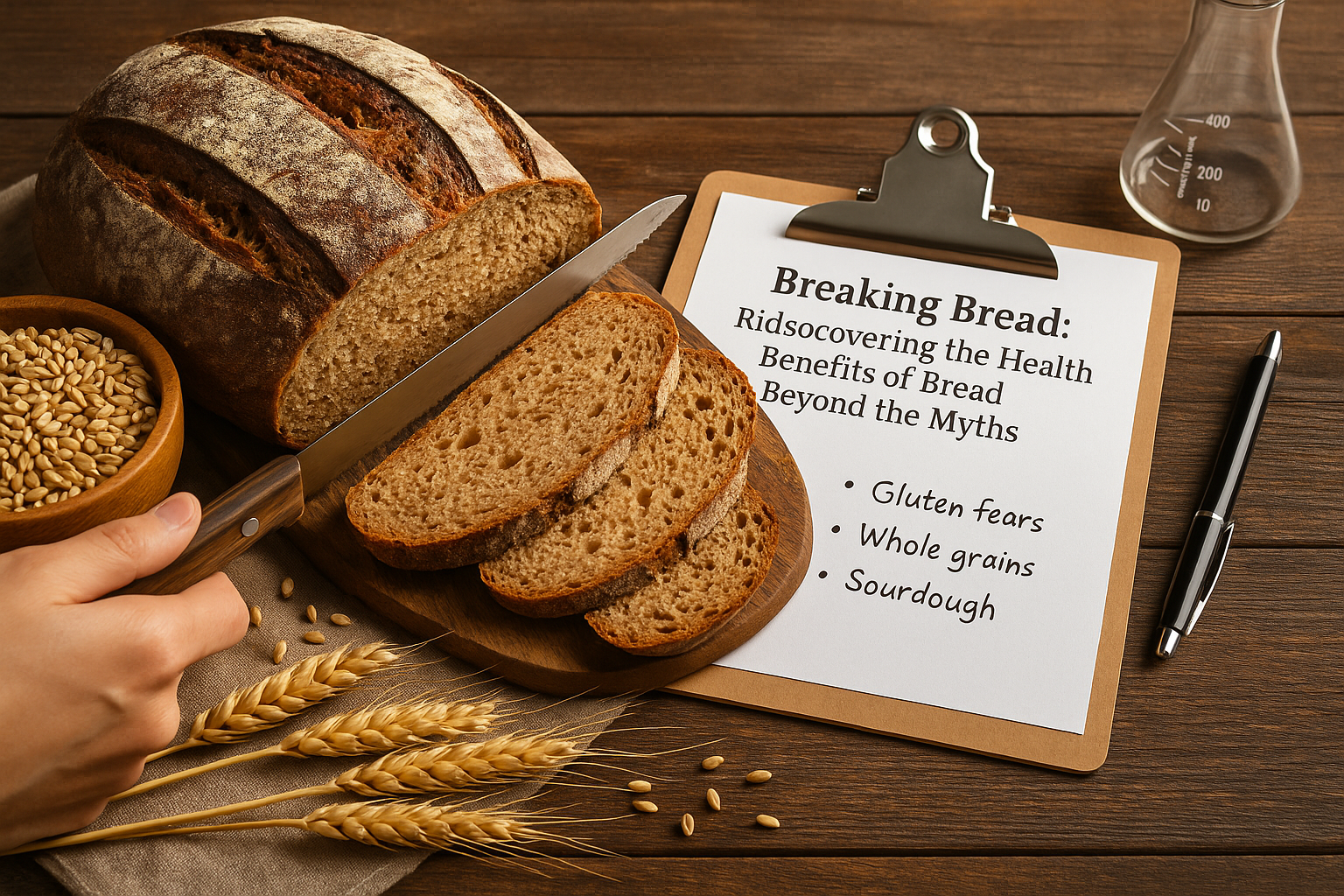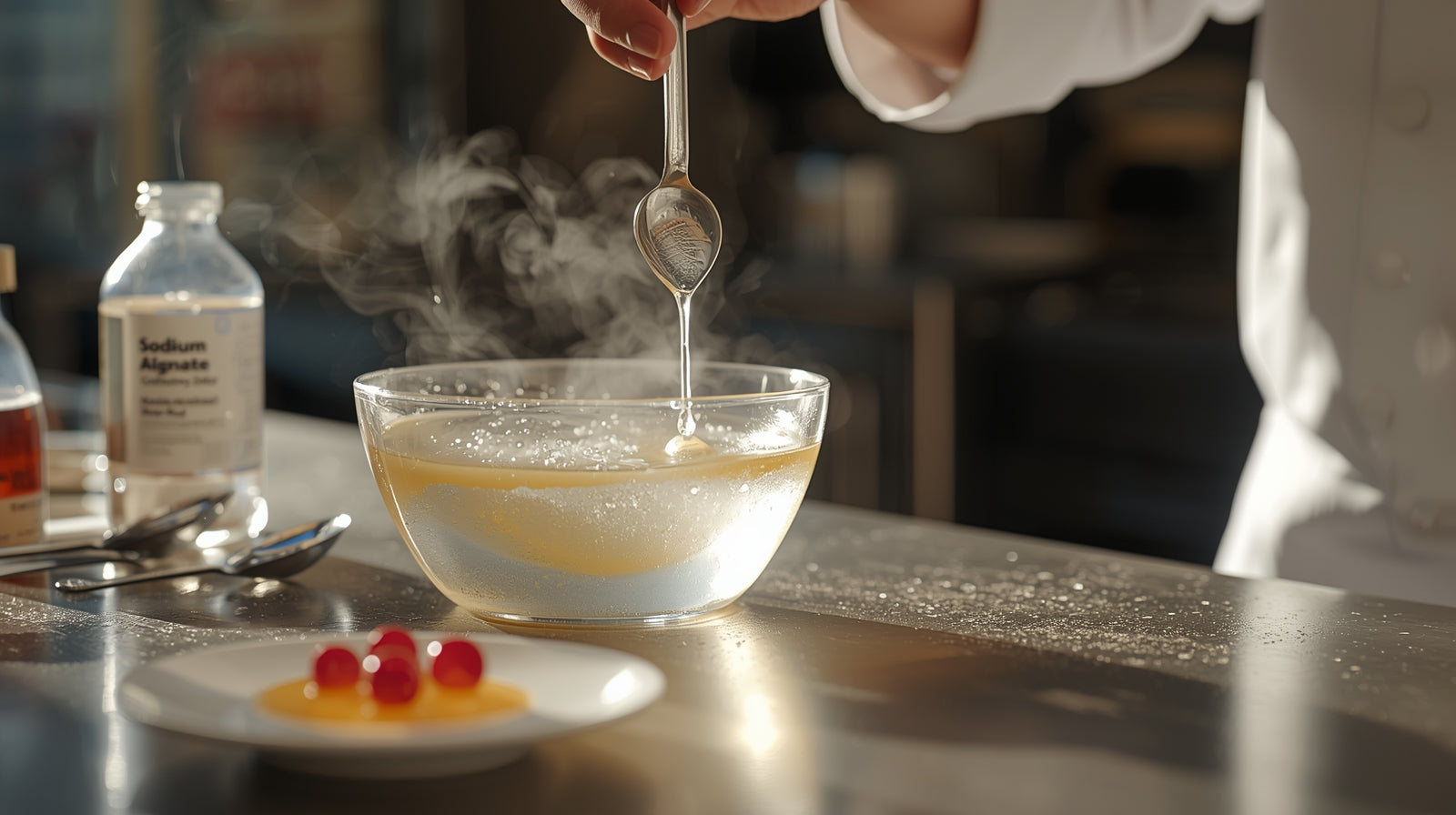
Guar Gum: The Versatile Food Additive Revolutionizing Your Kitchen
SUBSCRIBE TO OUR BLOG
Promotions, new products, and recipes.
Guar gum, a natural thickening agent derived from guar beans, has been making waves in the food industry and home kitchens alike. This versatile ingredient offers a myriad of benefits and applications, from improving texture in gluten-free baking to stabilizing ice cream and enhancing the mouthfeel of various dishes. In this comprehensive guide, we'll delve deep into the uses and benefits of guar gum, as well as provide practical tips on how to incorporate it into your culinary adventures. Whether you're a professional chef or a home cooking enthusiast, understanding the potential of this ingredient can elevate your food preparation to new heights.

What is Guar Gum?
It is a polysaccharide extracted from guar beans (Cyamopsis tetragonoloba), a legume plant primarily grown in India and Pakistan. This region accounts for about 80% of the world's guar production, with the remainder coming from countries like Sudan, Australia, and the United States. The unique properties of this make it an excellent thickener, stabilizer, and emulsifier in various food applications.
The process of extracting guar gum involves dehusking, milling, and screening the guar beans to separate the gum from the seed. The resulting powder is a fine, pale-yellow substance that dissolves easily in cold and hot water, forming a viscous gel. This gel-forming ability is what makes it so valuable in food production and cooking.
As a food additive, it is recognized as safe by regulatory agencies worldwide, including the U.S. Food and Drug Administration (FDA) and the European Food Safety Authority (EFSA). It's labeled as E412 in the European Union's list of food additives.

Benefits of Guar Gum
Gluten-Free Baking Enhancement
It plays a crucial role in gluten-free baking, providing the elasticity and structure typically offered by gluten. In wheat-based products, gluten forms a network that traps air bubbles, giving baked goods their characteristic texture and rise. In gluten-free baking, it steps in to mimic these properties. It helps improve texture, moisture retention, and overall quality of gluten-free baked goods, making them more comparable to their wheat-containing counterparts.
Digestive Health Support
Emerging research suggests that it may act as a prebiotic, promoting the growth of beneficial gut bacteria. As a soluble fiber, it passes through the digestive system largely undigested, providing nourishment for the gut microbiome. This can potentially lead to improved digestive health and a stronger immune system with guar gum. Additionally, it can help regulate bowel movements by adding bulk to stool and potentially aid in managing certain digestive issues like constipation or diarrhea.
Blood Sugar Management
The high fiber content of guar gum may help slow down the absorption of sugar in the digestive tract. When consumed as part of a meal, it can potentially contribute to better blood sugar control by reducing the glycemic index of the food. This property makes it particularly interesting for individuals managing diabetes or those looking to maintain stable blood sugar levels.
Weight Management
The soluble fiber in it can promote feelings of fullness, potentially aiding in weight management efforts when combined with a balanced diet and regular exercise. By forming a gel-like substance in the stomach, it may slow gastric emptying, leading to increased satiety and potentially reduced calorie intake.
How to Use Guar Gum in Recipes
Incorporating guar gum into your cooking repertoire can elevate your culinary creations. Here are some detailed tips for using it effectively:
Start Small
Begin with small amounts, typically 1/8 to 1/4 teaspoon per cup of flour in baking recipes. It's easier to add more if needed than to correct an overly gummy texture. For liquids, start with about 1/4 teaspoon per cup and adjust based on the desired consistency.
Blend Well
To prevent clumping, mix it thoroughly with dry ingredients before adding liquids. In recipes where all ingredients are liquid, try blending it with a small amount of oil or a portion of the liquid before incorporating it into the main mixture.
Allow Time for Hydration
Give it time to fully hydrate and work its magic. Some recipes may benefit from resting the batter or dough before cooking or baking. This resting period allows the guar gum to fully absorb moisture and develop its thickening properties.
Consider Temperature
Unlike some thickeners, it works well in both hot and cold applications. However, it's more effective when allowed to fully hydrate, so consider the temperature of your ingredients when incorporating it into recipes.
Combine with Other Thickeners
In some recipes, combining it with other thickeners like xanthan gum or locust bean gum can provide synergistic effects, enhancing texture and stability even further.
Cooking with Guar Gum: Popular Applications
Gluten-Free Baking
Use guar gum to improve the texture and structure of gluten-free breads, cakes, and pastries. It helps trap air bubbles, providing a lighter texture and better rise. In bread recipes, try using about 1 teaspoon of it per cup of gluten-free flour blend.

Ice Cream and Frozen Desserts
Add it to homemade ice cream to prevent ice crystal formation and improve creaminess. It can help create a smooth texture even in low-fat ice creams. Start with about 1/4 teaspoon per quart of ice cream base.
Sauces and Gravies
Incorporate it as a thickener for sauces and gravies, replacing traditional flour or cornstarch. It's particularly useful for creating gluten-free versions of classic sauces. Start with a small amount, about 1/8 teaspoon per cup of liquid, and whisk well to prevent lumps.

Smoothies and Shakes
Add a small amount of it to smoothies or protein shakes for improved texture and stability. It can help prevent separation and create a creamier mouthfeel. Use about 1/8 teaspoon per cup of liquid in your smoothie.

Yogurt and Dairy Products
It can improve the texture and mouthfeel of homemade yogurt, helping to prevent syneresis (separation of liquid). It's also useful in creating stable, creamy low-fat dairy products.
Guar Gum for Thickening and Emulsifying
Guar gum's thickening and emulsifying properties make it a valuable ingredient in various food applications:
Salad Dressings
Use it to stabilize and thicken oil-based dressings, preventing separation. It's particularly useful in creating stable vinaigrettes that don't require shaking before each use. Start with a small amount, about 1/8 teaspoon per cup of dressing.

Plant-Based Milk Alternatives
Add it to homemade nut or grain milk to improve texture and prevent settling. It can help create smoother, more stable plant-based milk that doesn't separate when added to coffee or tea. Use about 1/4 teaspoon per quart of plant milk.
Reduced-Fat Products
Incorporate guar gum in reduced-fat foods to maintain a creamy texture without compromising taste. It's particularly useful in creating low-fat versions of sauces, dips, and spreads that maintain the mouthfeel of their full-fat counterparts.
Gluten-Free Pasta
When making homemade gluten-free pasta, it can help improve texture and prevent the noodles from falling apart during cooking. Add about 1/2 teaspoon per cup of gluten-free flour blend in your pasta recipe.

Benefits of Guar Gum in Food Preparation
Extended Shelf Life
It can help extend the shelf life of certain foods by maintaining moisture and preventing separation. This is particularly beneficial in products like salad dressings, sauces, and baked goods, where it can help maintain freshness and quality over time.
Improved Texture
It enhances the texture of various foods, from baked goods to frozen desserts, providing a smoother mouthfeel. In gluten-free products, it can significantly improve texture, making them more comparable to their wheat-based counterparts.
Versatility
Guar gum's wide range of applications makes it a valuable ingredient in both commercial food production and home cooking. Its ability to work in both hot and cold applications, as well as its stability across a wide pH range, contributes to its versatility.
Cost-Effectiveness
A little goes a long way with guar gum, making it an economical choice for food manufacturers and home cooks alike. Its high efficiency means that small amounts can produce significant effects, potentially reducing overall ingredient costs in recipes.
Natural Origin
As a plant-based ingredient, it appeals to consumers looking for natural food additives. It's suitable for vegetarian and vegan diets, making it a valuable ingredient in plant-based food formulations.
Nutritional Benefits
Beyond its functional properties, it is high in fiber and low in calories. This makes it a beneficial addition to foods from a nutritional standpoint, potentially contributing to improved digestive health and satiety.
Conclusion
It is a versatile and beneficial food additive that can revolutionize your cooking and baking endeavors. From improving the texture of gluten-free baked goods to stabilizing ice cream and thickening sauces, the applications of guar gum are vast and varied. Its ability to enhance texture, extend shelf life, and provide nutritional benefits makes it a valuable ingredient in both commercial food production and home kitchens. Consider high-quality options like those offered by Cape Crystal Brands. Our pure, food-grade guar gum can help you achieve professional results in your culinary creations. Elevate your cooking and baking with the power of guar gum – your taste buds and your kitchen will thank you!
FAQs of guar gum
Is guar gum safe to consume?
Yes, guar gum is generally recognized as safe by regulatory agencies when used in recommended amounts. It's approved as a food additive by the FDA and EFSA.
Can guar gum replace xanthan gum in recipes?
In many cases, yes. Guar gum can often be used as a 1:1 substitute for xanthan gum, especially in cold applications. However, in some baked goods, xanthan gum may provide better structure.
Does guar gum have any side effects?
When consumed in large quantities, guar gum may cause digestive discomfort in some individuals, such as bloating or gas. It's best to use it in moderation and increase intake gradually if you're new to using it.
Is guar gum keto-friendly?
Yes, guar gum is low in net carbs and can be used in keto-friendly recipes as a thickener or stabilizer. It's a popular ingredient in many low-carb and ketogenic recipes.
How should I store guar gum?
Store guar gum in an airtight container in a cool, dry place away from direct sunlight. Properly stored, it can last for several years without losing its effectiveness.
Can guar gum be used in savory dishes?
Absolutely! Guar gum can be used to thicken soups, stews, and sauces in savory cooking. It's particularly useful in gluten-free gravies and savory pie fillings.


|
About the Author Ed is the founder of Cape Crystal Brands, editor of the Beginner’s Guide to Hydrocolloids, and a passionate advocate for making food science accessible to all. Discover premium ingredients, expert resources, and free formulation tools at capecrystalbrands.com/tools. — Ed |
Enjoyed this post? Subscribe to The Crystal Scoop
Food-science tips, ingredient know-how, and recipes. No spam—unsubscribe anytime.
- Choosing a selection results in a full page refresh.



